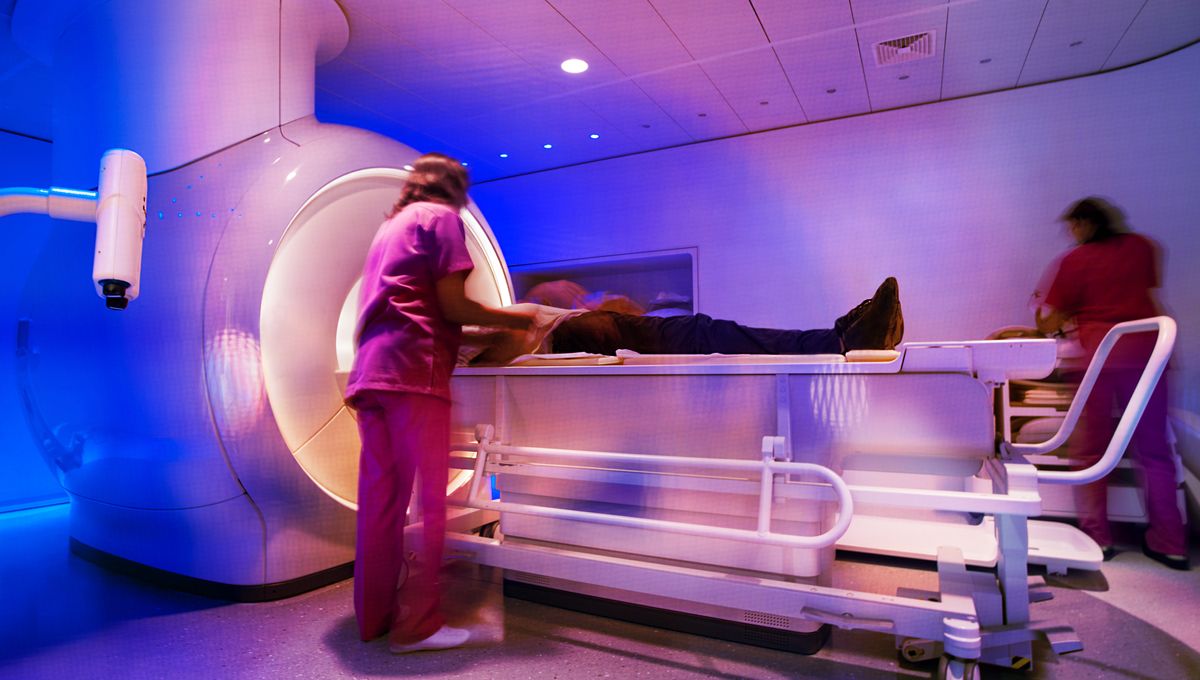
A non-surgical, focused ultrasound procedure has been found in a clinical trial to significantly improve symptoms in some patients with Parkinson’s disease. Nearly 70 percent of the treated patients responded well to the procedure, with two-thirds of these continuing to experience positive results a year later.
There is still no cure for Parkinson’s disease, which is estimated to affect 1 million people in the USA alone. Treatment usually starts with medication to try to correct the decrease in the neurotransmitter dopamine, caused by the degeneration of specific populations of nerve cells in the brain.
These drug treatments can be very helpful in allowing people to better manage the symptoms of Parkinson’s disease, such as difficulties with movement and coordination, but they do also come with side effects and dosages need to be carefully adjusted to suit the individual.
If medications are no longer working well, another option is surgery to implant an electrode into the brain, to deliver a therapy called deep brain stimulation – something that is not solely used to treat Parkinson’s disease. Again, this treatment can be effective; but, since it involves surgery, it does carry a small risk of infection or brain hemorrhage.
The focused ultrasound treatment that was trialed in the new study seeks to provide a new option for patients for whom drug treatments have failed to provide relief.
The treatment is delivered inside a magnetic resonance imaging (MRI) machine, and there’s no need for anesthesia or for patients to stay in hospital afterward. The patient wears a helmet, and the MRI images allow clinicians to precisely target the ultrasonic energy to ablate the globus pallidus – the structure in the brain that helps control voluntary movement.
Since the patient remains awake, they can provide real-time feedback to the doctors throughout the procedure, in case any adjustments need to be made.
The device used to deliver this treatment is called Exablate Neuro, and it already has Food and Drug Administration (FDA) approval for use in some Parkinson’s cases. Some of the results that people have experienced have been transformative.
“Focused ultrasound is only approved by the FDA to treat one side of the brain in Parkinson’s disease patients, so it may be more appropriate at this time for patients with symptoms predominantly on one side,” said study co-author Dr Vibhor Krishna in a statement. Because of this, the patients enrolled in the trial were only treated on one side of the brain, but the improvements they experienced were still significant.
Patients displayed immediate improvements in a standard assessment designed to test tremors, walking ability, and rigidity in the arms and legs. As this was a crossover trial, once the initial study period was over, the 25 original control group patients were also offered the real procedure. Of these, 20 took up the offer, and experienced similarly positive results.
The participants will continue to be followed up for five years; but, after one year, the majority were still feeling the benefits. There were some side effects from the procedure, including slurred speech and loss of sense of taste, but these usually resolved quickly. The authors concluded in their study that “longer and larger trials are required,” but they are also moving ahead with early trials of the Exablate Neuro device on both sides of the brain.
“So far, we’ve had promising results,” said study co-author Dr Howard Eisenberg.
The study is published in The New England Journal of Medicine.
Source Link: Parkinson's Disease Symptoms Significantly Improved By Non-Surgical Ultrasound Treatment